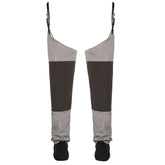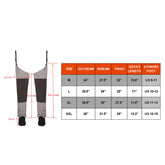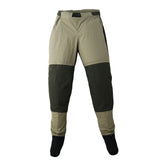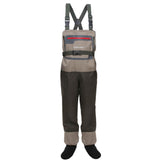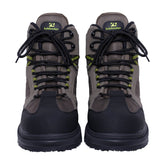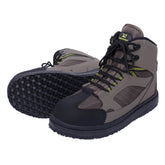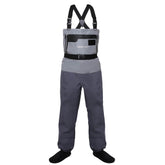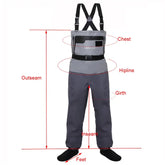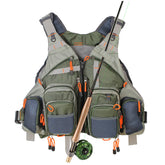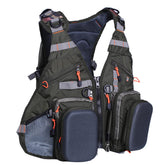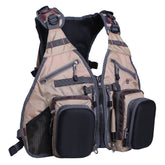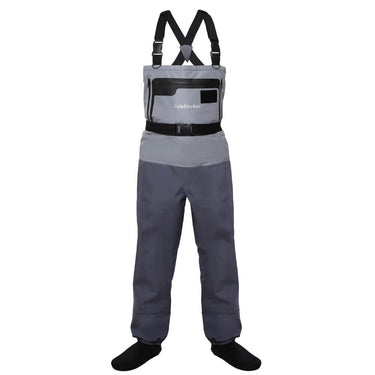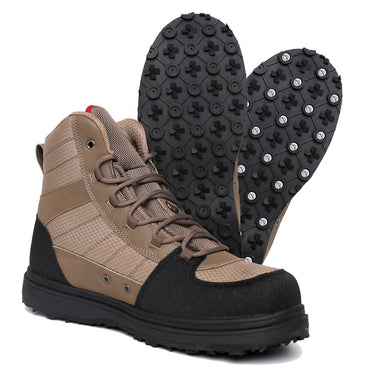Bamboo Fly Rods
If you enjoy fishing in small creeks and streams, then you might want to consider adding bamboo fly fishing rods to your equipment. The following tutorial will teach you how to make these easy-to-use rods. Beginners should consider bamboo fly fishing rods due to how they are relatively easy to cast.
Compared to the heavier materials used in fly fishing, bamboo flies are generally lighter. Its natural flexibility makes them ideal for casting short line lengths. Also, the density of the bamboo fibers can vary, which adds to the feel of the rod.
There are several techniques and tools that can be used to make bamboo fly fishing rods, and the simplest of these can be broken down into eight steps. If the process seems too complex, you can shorten it by purchasing a kit that includes all the necessary equipment.
STEPS FOR MAKING BAMBOO FLY RODS
1.Before you start making bamboo fly fishing rods, it's important that you have the necessary materials. One of the most common materials used in rod making is Tonkin cane, which is a type of bamboo that has long, dense fibers. Other items that you will need include a heat gun, a rod glue binder, a lock plane, a scraper plane, a dial caliper, a standard screwdriver with a sharpened blade, three steel planning forms, and a dial indicator depth gauge.
2.In the first step, you will split the bamboo pole into several pieces using a special type of knife known as a froe. These larger pieces will then be split into narrower strips using an ordinary screwdriver. For the butt section, you will need to cut six strips from the bottom of the pole. Make sure to cut the top five feet of the pole into 12 pieces. Since most fly fishing rods have an extra tip, this section should be split into 12 pieces.
3.Since the bamboo has natural nodes or bumps, the next step is to heat them up and file them down using a heat gun. After the bamboo pieces have been heated, the strips should be held in a tight squeeze to flatten them out.
4.In order to make bamboo fly fishing rods, you will need to shape the cane strips into triangles. After forming these into equilateral triangles, you'll need to bind them together using string. You can also heat-treat the bamboo to remove moisture, and once it cools, just remove the string.
5.After forming these into triangles, you will need to taper the bamboo strips. Glue them together to create a blank bamboo fly rod. You can taper these strips using a machine or hand, and most anglers use a planning form to shape their tapers. With a hand-held block plane, you can also remove excess cane from the strips.The plan shape of the bamboo strip should be set within the groove of the form, and the equilateral triangle shape should be placed within it. To ensure that the strip is level with the surface, use the hand plane to remove excess bamboo.
6.After the strips have been cut into triangles, they will be glued together using an epoxy. After that, use a toothbrush to apply the glue to the strips, and then roll them into a hexagon shape. To ensure that the sections are aligned properly, use the rod binder to rotate them under pressure.After each strip has been passed through the binder, two opposing spiral wraps should be applied. To remove any kinks or bends, lay the strips on a flat surface. After curing, the glue should be removed, and any excess material should be sanded or scraped off.
7.After the blank has been filed to the right diameter, it's time to mount and seat the bamboo fly rod's various sections. To ensure that the sections are held together, add epoxy to the inside of the frame and onto the seating area. Position the female and male ferrules on the blank, and then allow the rod to cure for a week or two.
8.After you have decided which type of fly line and weight you want your bamboo rod to be used for, you will need to wrap the guides around it. Depending on the length of your rod, you might need multiple guides. The standard formula for making guides is one per foot, and you can also use a striper guide for the tip.
After the guides have been secured, it's time to start assembling the rest of your fishing equipment. After choosing a suitable fly line, you can add the matching weight to your rod. You can test your creation by going to a local stream.
